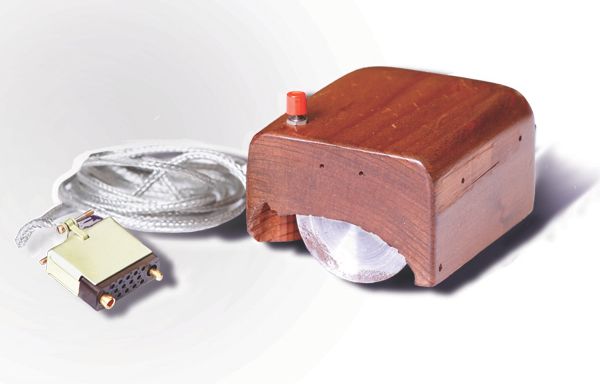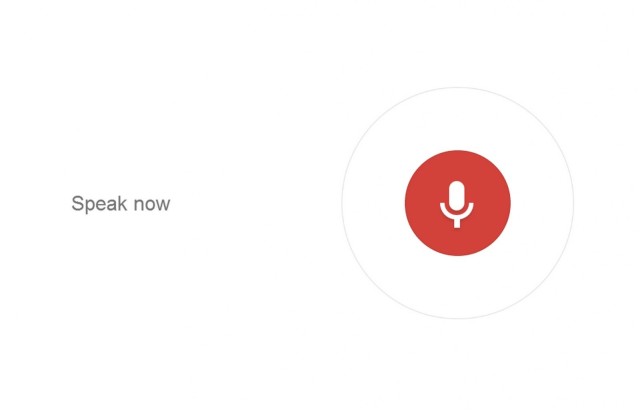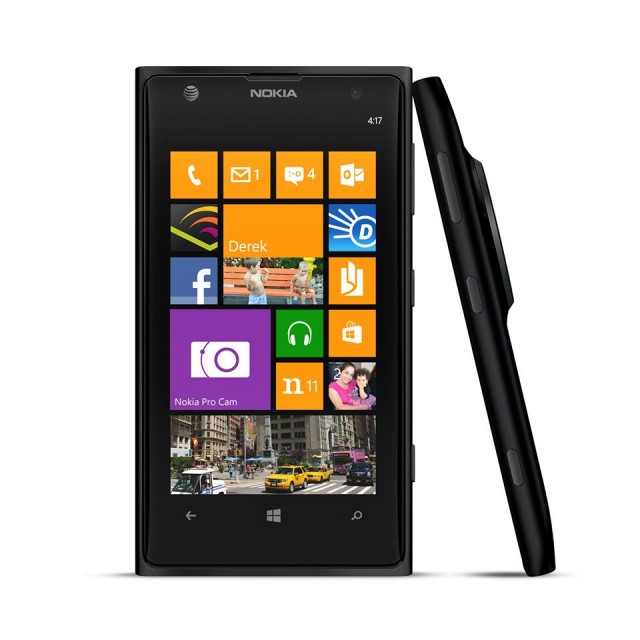
Douglas Engelbart died this week. But his most iconic idea lives on.
The venerable computer mouse, originally prototyped as a pine box with three buttons and metal wheels, was dreamed up by Englebart fifty years ago.
The mouse has been upgraded and re-envisioned — for example, they don’t use wheels or even trackballs anymore. Some have scroll wheels on top, or side buttons.
But the basic idea of moving a thing over here (to control a mouse pointer over there) lives on. Entire generations have grown up using this funky contraption.
We now suddenly find ourselves in a world of superior alternatives — multi-touch user interfaces (of which Android is the leading brand), voice control and dictation and others.
Yet habit and inertia keep us using Englebart’s brilliant but now-obsolete invention.
It’s time to bury the mouse.







